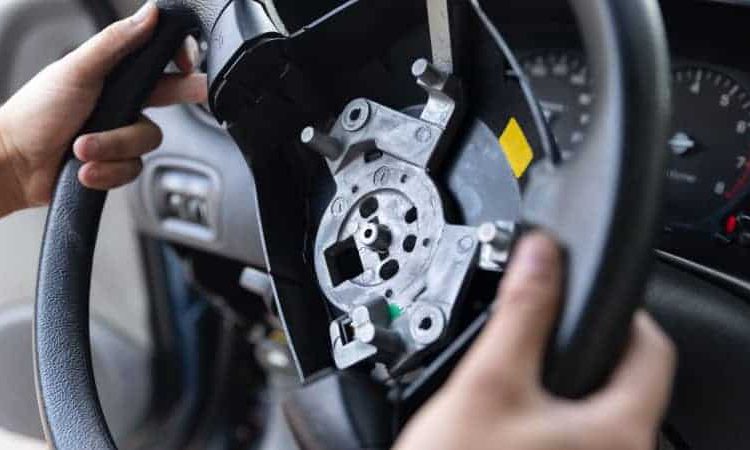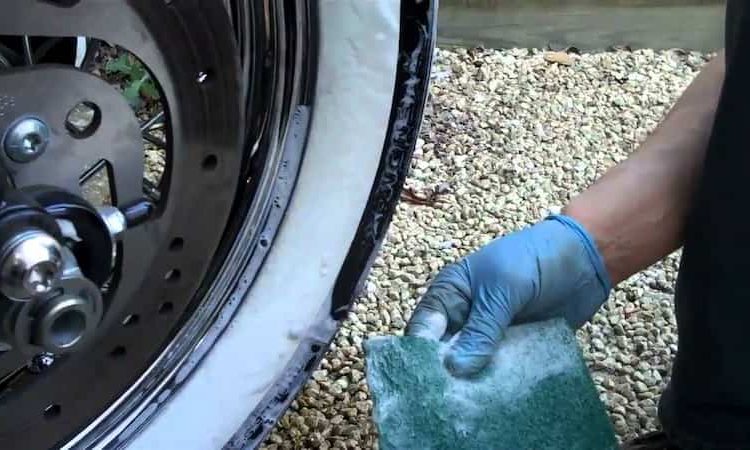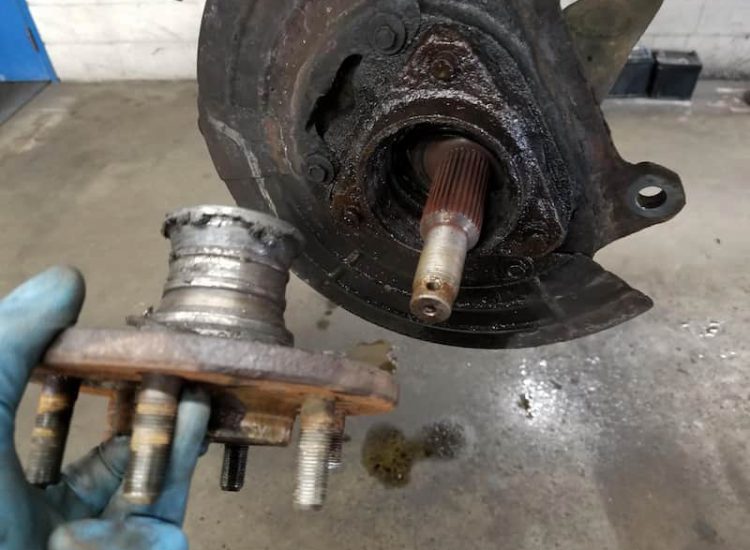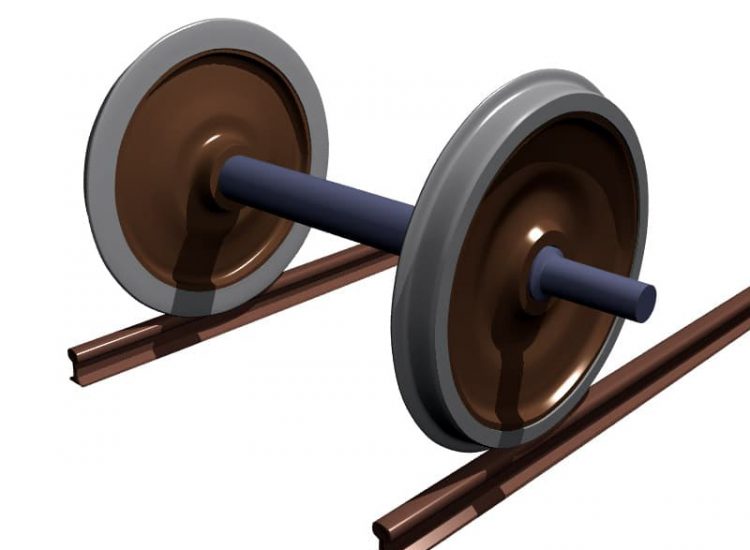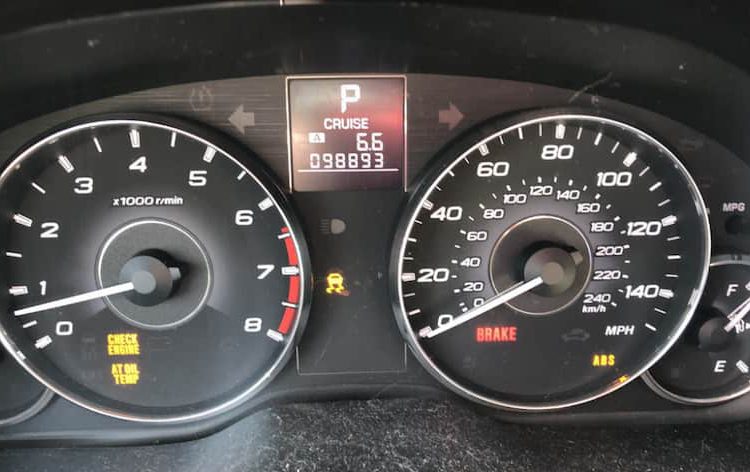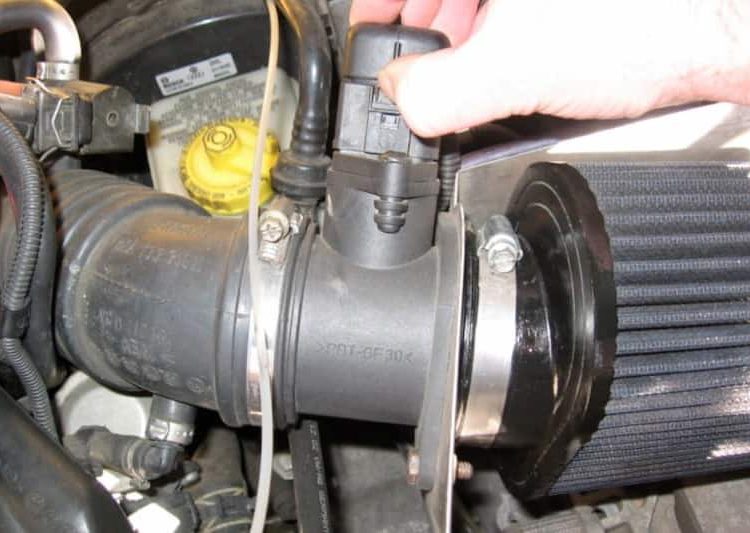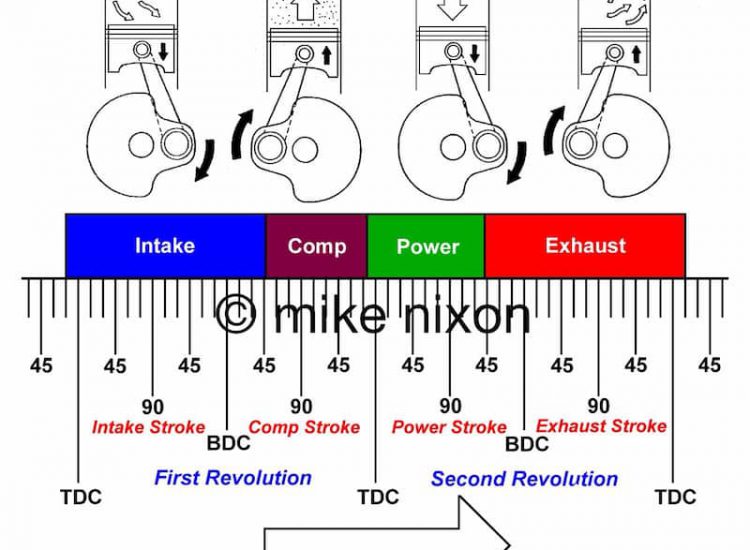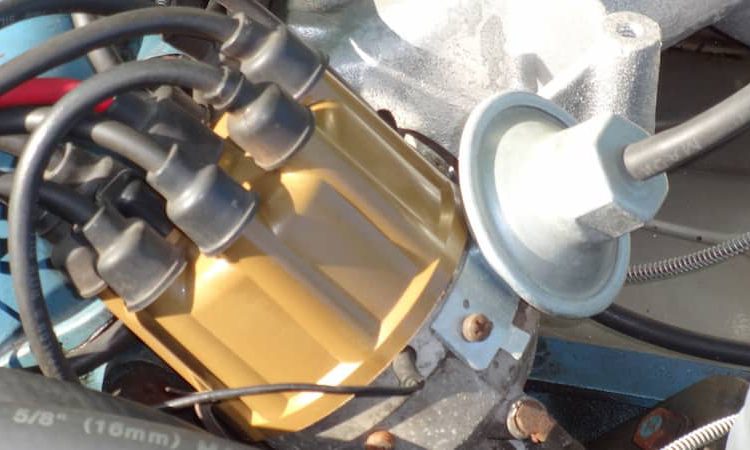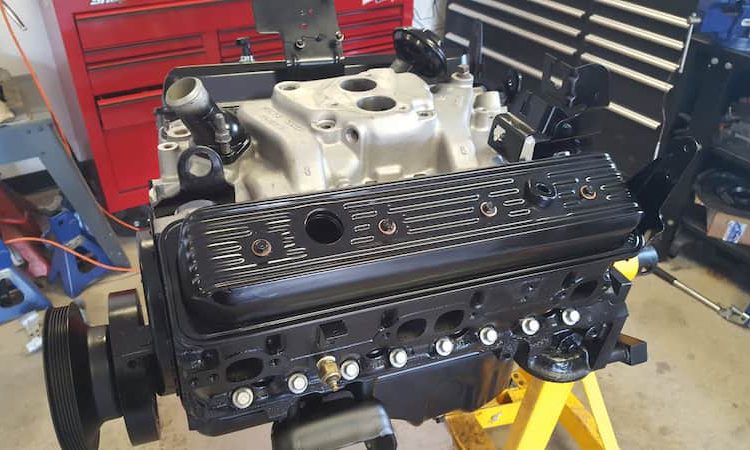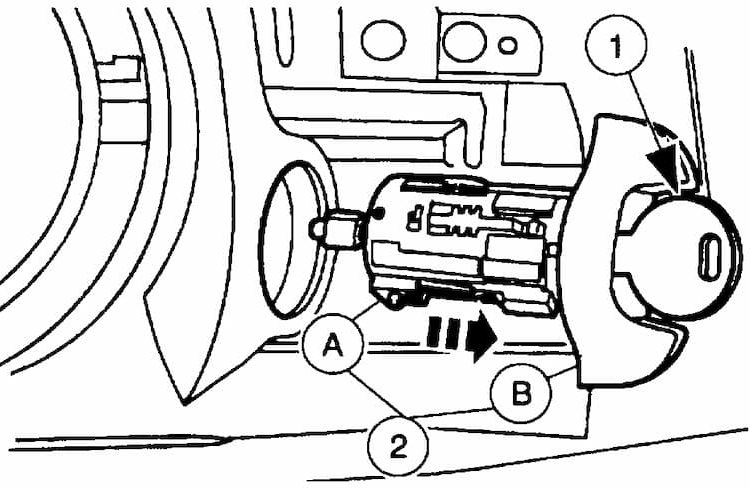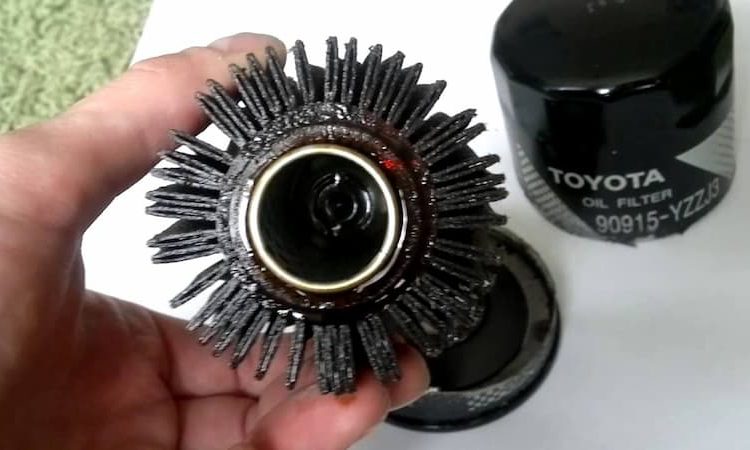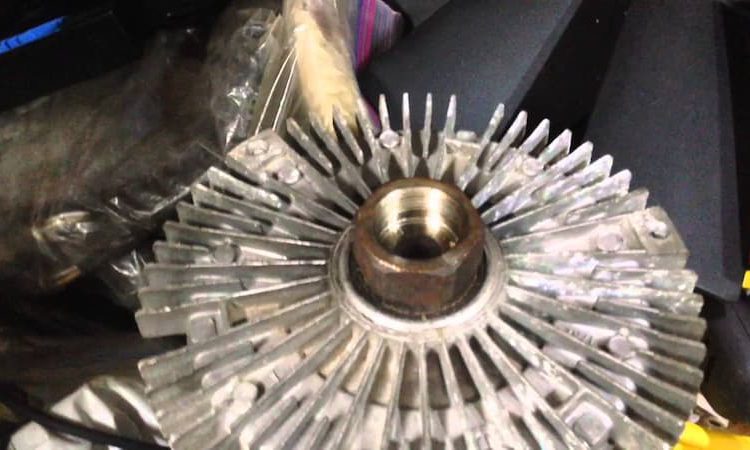Users often see the check engine light flashing then stops on the dashboard when accelerating when operating the vehicle’s equipment. Or they can’t switch gears. These problems may stem from the way the lame mode works.
Toc
As soon as you encounter the above problems, users need to note a few ways to overcome them.
This article will provide information for you to learn how to bypass lame mode. In addition, we will give other aspects related to the problem for you to understand it better.
What Is The Bypass Limp Mode?
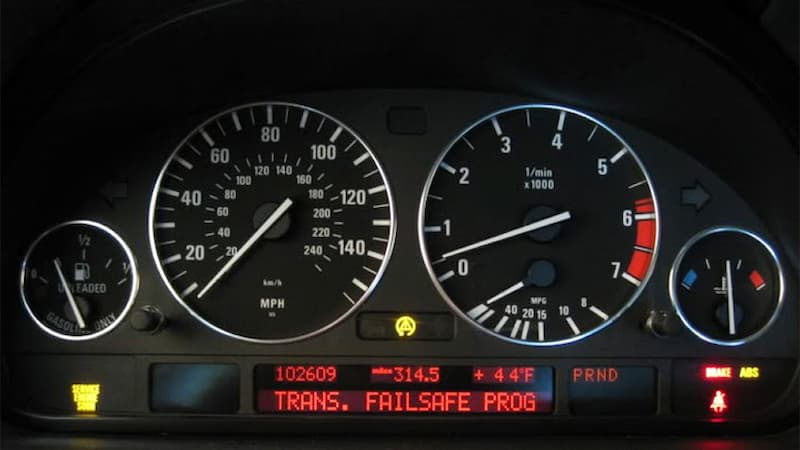
Along with the development of science, artificial intelligence is almost universal on devices, especially cars.
The manufacturer applies a formula to drive and detect problems and fixes them in time automatically. The limp mode is like a map used via the engine control unit ECU or the transmission control unit TCU.
It is a car protection mechanism that detects faults and degrades performance until the car can find the nearest service shop.
You can understand that instead of the engine shutting down completely, the limp mode will switch to a safe way so that you have enough time to get to the repair places.
How To Know The Car Is In Limp Mode?
Usually, the car is in limp mode when the engine light comes on on the dashboard. It still has other factors that help us recognize that the vehicle is in limp mode.
#Jerk and vibrate
While driving, the car has changed, such as jerking or slight vibration. It could be a sign of lame mode. But don’t worry too much; it won’t shake vigorously at the initial level.
Therefore, as soon as we sense the situation is happening, we should go for maintenance immediately.
#Reduced performance
The top speed of the engine RPM is reduced rapidly. Your vehicle is stalled or stopped repeatedly on highways. The reason is that the spark supply time of the cylinder plug changes. Or it could be due to improper opening and closing time of the exhaust valve.
#Can’t join more than 3rd device
In addition to the above two expressions, it is also a sign of the car in limp mode when you see a faulty transmission.
Switching from 2 to 3 interferes and shuts down the engine. It will hinder your acceleration problem if you run on steep roads. The speed will be pretty slow, making the driver quite uncomfortable with this symptom.
How To Bypass Limp Mode?
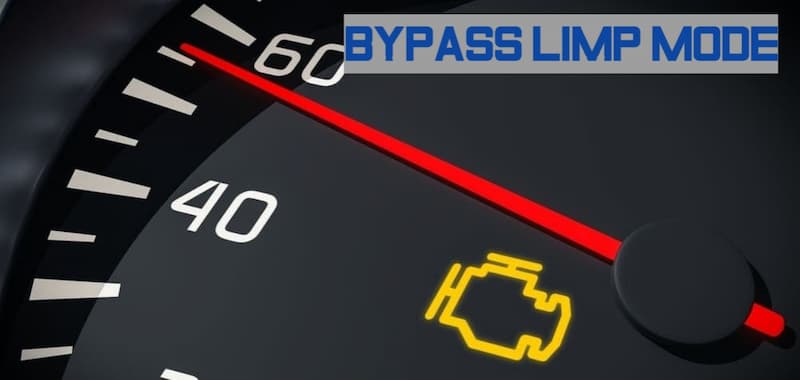
#Disconnect the battery
It’s pretty simple to do. You need to park the car in a cool place. Then remove the bonnet, locate the battery and disconnect its connections.
If you reconnect the details after about 30 minutes and limp mode is off, then it is successful. Waiting time may be longer depending on how it is done and how long the vehicle is used.
#Brake
In addition, the driver can also step on the brake and stop to turn off the limp mode. Next, let the engine idle for 5-7 minutes.
Doing this will not cause damage to other systems. But make sure the computer has disabled all the car’s mechanisms. When you’re done, you shift the vehicle to the highest gear. If the cycle goes well, the mode is off.
#Liquid test
Lubrication is affected by too little fluid. You need to lift the hood and check the liquid level on the dipstick.
If the amount of substance is too little, you must add more. Besides, determine if the engine has leaks and fix it when it shows signs of malfunction.
#OBD2 Scanner
In addition to the above options, using an OBD2 scanner is also an alternative.
Connecting OBD2 quickly finds out if the limp mode is faulty or not. This method is most popular because it finds out the exact problem the car is having.
#Let the car cool
Letting the car cool down causes the fluids to settle, and when connected, the computer resets, and the lame mode goes away.
#Start the car
If the car encounters errors that do not cause severe damage, restart the vehicle, and everything will work as usual.
The Main Causes
#Faulty sensor
Sensor error causes the ECU to recognize the signal and activate limp mode incorrectly.
When it does not check the password, the amount of fuel injected is not proportional, causing severe damage to the engine due to the load being too high compared to expected.
#Too hot
When the engine is overheating, the ECU cuts off the fuel source to lower the engine temperature.
#Overboost
The outlet is where the excess exhaust gas is supercharged instead of running through the turbine.
But if the pressure increases too much, damage will occur. The cause is the solenoid of the exhaust port or the booster controller. At that time, the car must be in limp mode to protect mechanisms such as piston rings, bending rings of connecting rods.
Frequently Asked Questions(FAQ’s)
1.Is it possible to drive while in limp mode?
Sure it’s possible, but only for short periods. Typically, the rider will travel 30-50 mph when in limp mode. The best way is to get to the maintenance places as soon as possible. Limit driving in limp mode.
2.Does lame mode have anything to do with the sensor?
MAP, MAF, and TPS sensors are the ones that cause limp mode. When it misbehaves, or the duty cycle is out of sequence, it activates the lame mode.
It also causes the fuel injector or coil to fail. We can understand that the sensor is faulty, leading to limp mode working.
3.Do faulty catalytic converters cause lameness?
Reset computer will disable the transmission’s connections to prevent damage to the catalytic converter if the vehicle is idle. Therefore, when the converter fails, it will cause lameness.
Conclusion
In addition to preventing the lame regime mentioned above, there are still several other measures. However, it is not very useful and practical, limiting ourselves to those ways.
However, we believe you have the best solution for your vehicle’s condition with only the problems raised. I hope the above information will bring you helpful information.
Thank you for reading!

